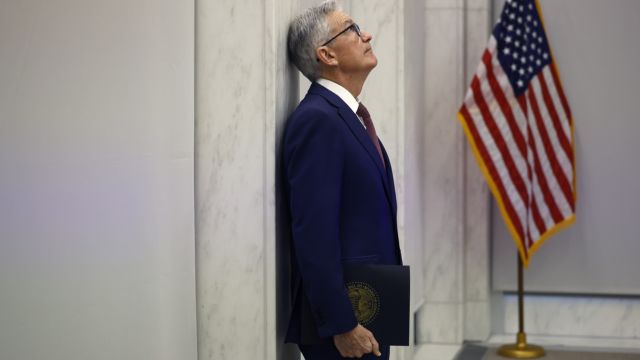Economic Outlook 2024: Debate Emerges Over Potential Federal Reserve Interest Rate Cuts
The Federal Reserve is expected to start the New Year having announced that a dramatic change in monetary policy is underway in response to indications that persistently high inflation is finally starting to decline.
In a long-awaited policy turn, central bank policymakers indicated during their last meeting of the year in December that an almost two-year struggle against inflation is finally concluding. Apart from maintaining the current rate of interest for the third consecutive month, Federal Reserve officials have projected a sequence of rate reductions in 2024 due to an unexpected decline in inflation.
“We are witnessing robust growth that seems to be decreasing, we are observing a labor market that is regaining equilibrium in numerous aspects, and we are observing inflation making headway,” Chair Jerome Powell stated to reporters following the meeting. These are the items that we had been hoping to see. We are not quite done yet. Nobody is claiming the win. We can’t be assured of this improvement, therefore that would be premature.”

According to newly released quarterly economic estimates following the meeting, most members of the Federal Open Market Committee anticipate rates to drop to 4.6% by the end of 2024, indicating at least three quarter-point rate cuts in 2019. More rate reductions were also budgeted for by policymakers for 2025 and 2026.
Notwithstanding recent efforts by Fed members to lower expectations, traders are wagering on even more aggressive rate reduction, beginning as early as March. Based on trading data from the CME Group, the FedWatch tool indicates that 88% of investors are presently pricing in at least a quarter-point decrease in March.
According to Chris Zaccarelli, chief investment officer of Independent Advisor Alliance, “We entered 2023 worried about inflation and how many more times the Fed was going to raise rates.” “But we are ending 2023 surprised at how low inflation has come down — especially as unemployment has remained so low — and are wondering how many times the Fed will cut.”
The Fed’s favored gauge of inflation, personal consumption expenditures, increased by just 2.6% annually in November and by 0.1% in November, according to Labor Department data released on Friday. This is the lowest rate of increase since early 2021.

The fact that core prices—which exclude the more erratic readings of food and energy—rose 0.1% from the previous month and 3.2% from the prior year is another indication that the Fed’s campaign against inflation is progressing.
Experts predict that the Fed may act more aggressively to lower rates in 2019 if inflation keeps declining more quickly than anticipated.
“The timing and extent of Fed rate cuts in 2024 will be determined by the cooler-than-expected PCE inflation readings,” stated Kathy Bostjancic, chief economist at Nationwide. “We remain of the view that continued disinflation will continue, but we think the Fed will wait until May to start cutting rates.”
The federal funds rate will drop by a “sizable” 125 basis points, or five quarter-point rate decreases, according to nationwide forecasts.
An increase in interest rates typically results in higher rates on corporate and consumer loans, which pulls down the economy by making employers reduce expenditures. Earlier this year, the average rate for 30-year mortgages exceeded 8% for the first time in decades because of higher rates. Costs associated with borrowing money have increased for credit cards, auto loans, home equity lines of credit, and other loans.
Interest rates increased at the quickest rate of tightening since the 1980s, rising from near zero to above five percent in just sixteen months.
According to the most current Labor Department data, even though inflation has significantly decreased recently, it is still up 3% over the same period last year. Americans are still paying more for many necessities, such as food, healthcare, and rent, despite recent declines.
However, neither consumer spending nor company hiring has been hampered by the sharp increase in rates.
Employers added 199,000 new workers in November, indicating that the job market is still expanding at a solid rate. The unemployment rate just dropped from 3.9% to 3.7%, yet job postings are still plentiful.
